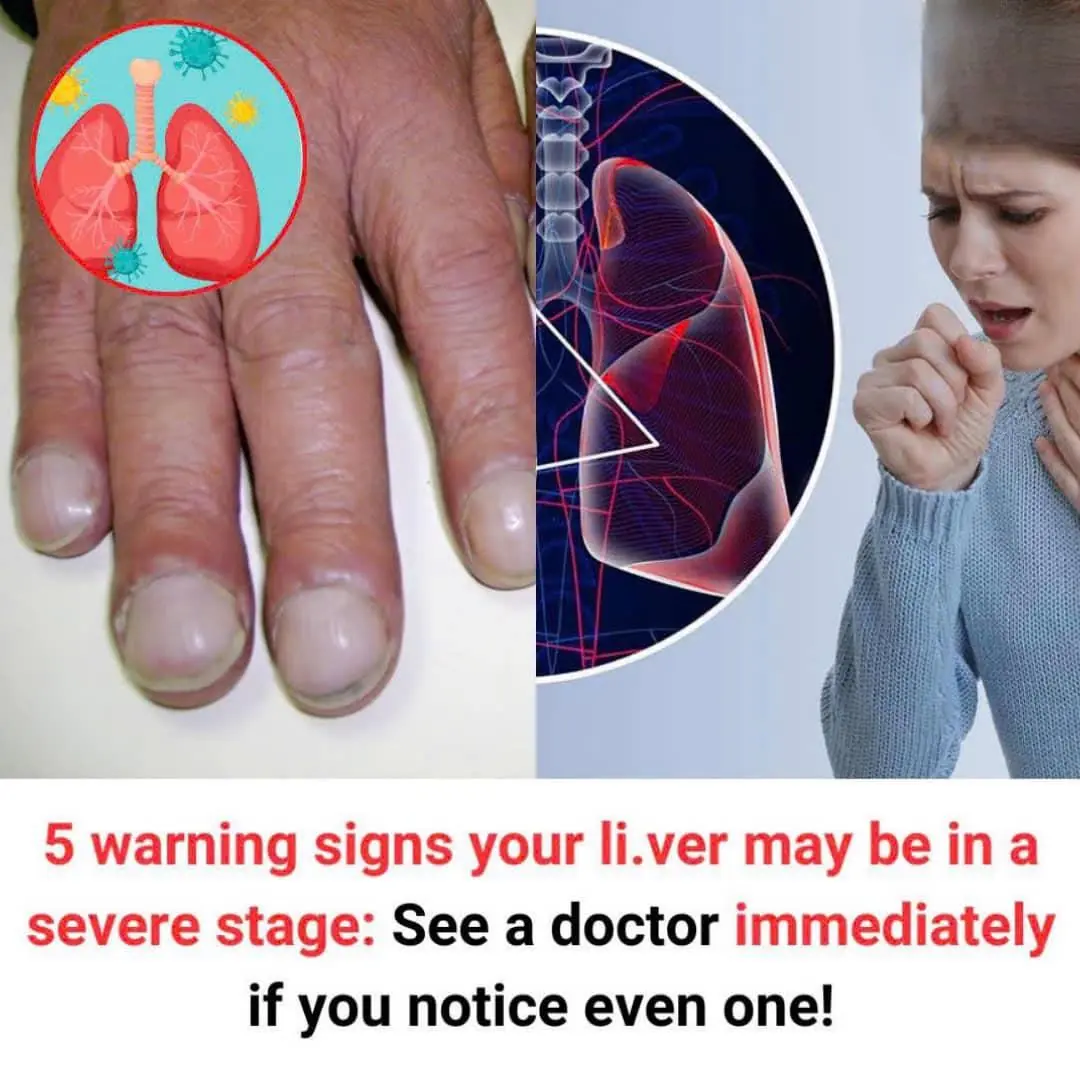
5 Medical Conditions That Can Cause Stomach Pain After Eating
It’s normal to occasionally experience a mild stomachache after eating — perhaps from overeating a spicy meal or indulging a little too much. But when the pain is frequent, intense, or just doesn’t make sense, it’s essential to consider that it may be more than just “food drama.” Here are five important medical conditions that commonly cause post-meal abdominal pain and what you should know about each.
1. Indigestion (Dyspepsia)
One of the most frequent causes of post-meal stomach discomfort is indigestion, also known as dyspepsia. It typically presents as a burning sensation or feeling of fullness in the upper abdomen during or soon after eating. Other symptoms may include bloating, nausea, and burping. While occasional bouts are often harmless and triggered by rich, fatty, or spicy foods, consistent or severe indigestion merits attention.
Recurring indigestion could be related to underlying digestive conditions. Treatment strategies often involve dietary adjustments, stress management, and over-the-counter antacids or acid blockers.
2. Peptic Ulcers
Peptic ulcers are open sores affecting the lining of the stomach or upper small intestine. Pain typically presents as a gnawing, burning sensation in the epigastric area (upper-middle belly) and may worsen with meals—especially during a gastric ulcer—or improve briefly after eating in duodenal ulcers.
A prevalent cause is long-term use of NSAIDs or infection by Helicobacter pylori. Symptoms may include bloating, nausea, weight changes, or in severe cases, bleeding. Prompt evaluation and treatment—often requiring acid suppression therapy or antibiotics—are critical.
3. Gallstones (Biliary Colic)
Gallstones are hardened deposits that form in the gallbladder. After eating fatty or heavy meals, they can block bile ducts temporarily, leading to intense, cramp-like pain in the upper right abdomen. Pain may radiate to the right shoulder or chest area and is often accompanied by nausea or vomiting. Unlike indigestion, this pain is not relieved by digestion or gas relief.
This condition—known as biliary colic—may last from thirty minutes to several hours and often demands medical or surgical intervention.
4. Gastritis
Gastritis refers to inflammation of the stomach lining, leading to discomfort that may begin during or soon after meals. Symptoms include upper abdominal pain or burning, nausea, vomiting, and indigestion. It may be triggered by excessive alcohol, bile reflux, infections, stress, or prolonged NSAID use.
While mild cases respond to dietary modifications and medications, persistent symptoms or underlying causes should be addressed with a healthcare provider.
5. Food Allergies, Intolerances, IBS, and IBD
Beyond the more familiar physical causes, several digestive disorders can cause pain after eating:
-
Food allergies or intolerances can trigger stomach discomfort, bloating, cramps, or diarrhea shortly after consuming trigger foods (e.g., dairy, gluten, nuts).
-
Irritable Bowel Syndrome (IBS) often causes cramping, abdominal pain, and bloating after meals—especially if triggered by stress or certain foods.
-
Inflammatory Bowel Disease (IBD)—including Crohn’s disease and ulcerative colitis—can cause chronic inflammation leading to post-meal pain, along with other signs like diarrhea, weight loss, and fatigue.
Quick Comparison Table
| Condition | Typical Pain Pattern After Eating |
|---|---|
| Indigestion (Dyspepsia) | Upper abdominal burning/fullness, bloating |
| Peptic Ulcer | Gnawing pain in upper stomach; may improve or worsen |
| Gallstones (Biliary Colic) | Sharp, cramp-like upper right pain after fatty meals |
| Gastritis | Burning or discomfort in upper abdomen with nausea |
| Allergy/IBS/IBD | Varies: can include cramping, bloating, pain, diarrhea |
When to See a Doctor
While occasional mild pain might resolve on its own, you should consider medical evaluation if:
-
Pain persists or worsens despite remedies
-
You experience weight loss, vomiting, or blood in stools
-
Pain consistently follows certain foods or times
-
You have additional symptoms like fever, fatigue, or chronic digestive issues
A healthcare provider may recommend tests such as blood work, imaging, endoscopy, or dietary tracking to determine the exact cause.
Final Thoughts
Experiencing stomach pain after eating is common—but not always normal. While many cases are mild and temporary, persistent or severe symptoms could signal serious underlying issues like ulcers, gallstones, or inflammatory conditions. Recognizing the patterns of pain and acting accordingly is essential for effective treatment.
If stomach discomfort after meals is interfering with your day-to-day life, don’t wait—seek medical guidance to protect your digestive health and overall well-being.
News in the same category

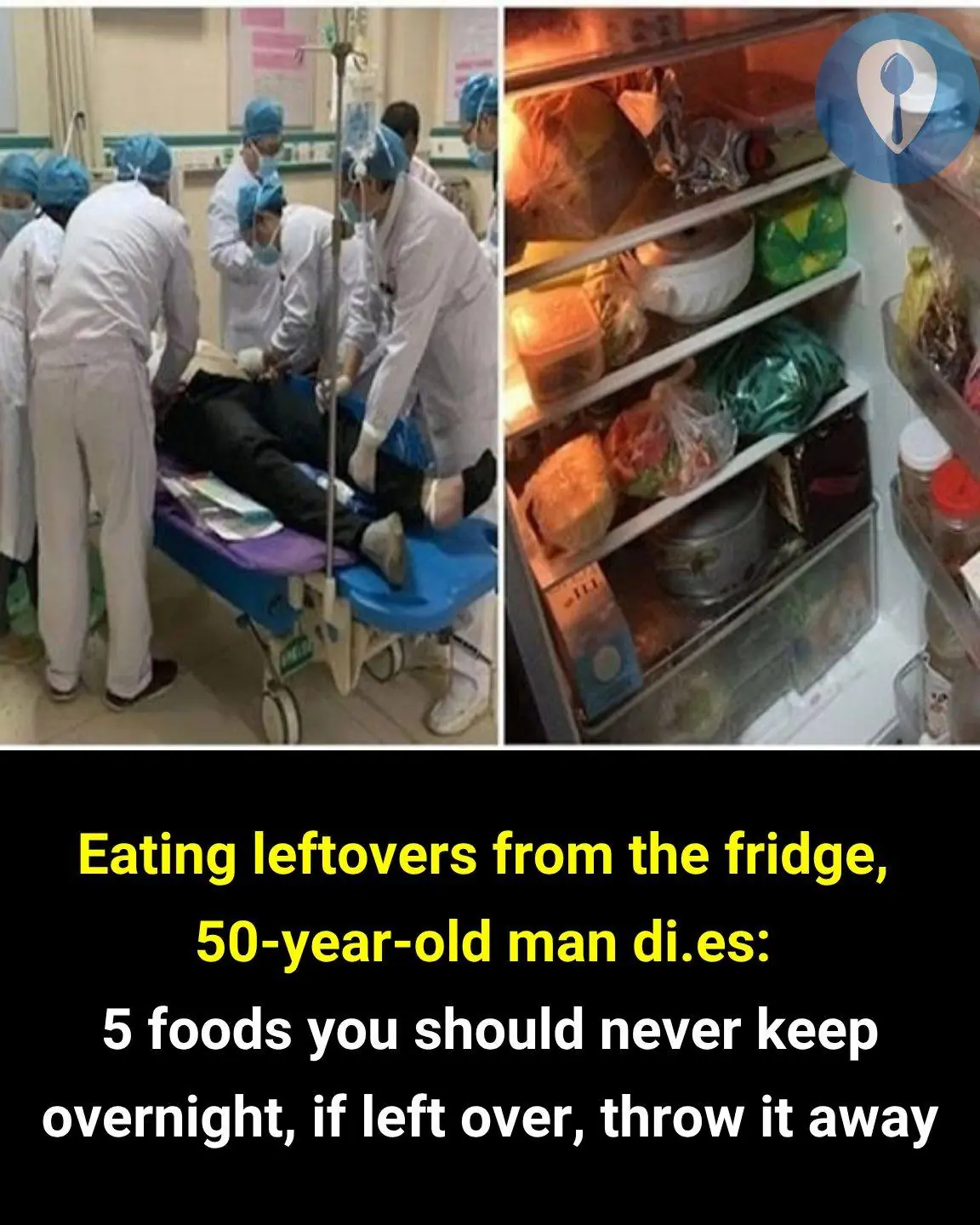
Five Foods You Should Never Leave Overnight: Essential Food Safety Tips

Who Should Avoid Drinking Coconut Water? Vital Health Considerations
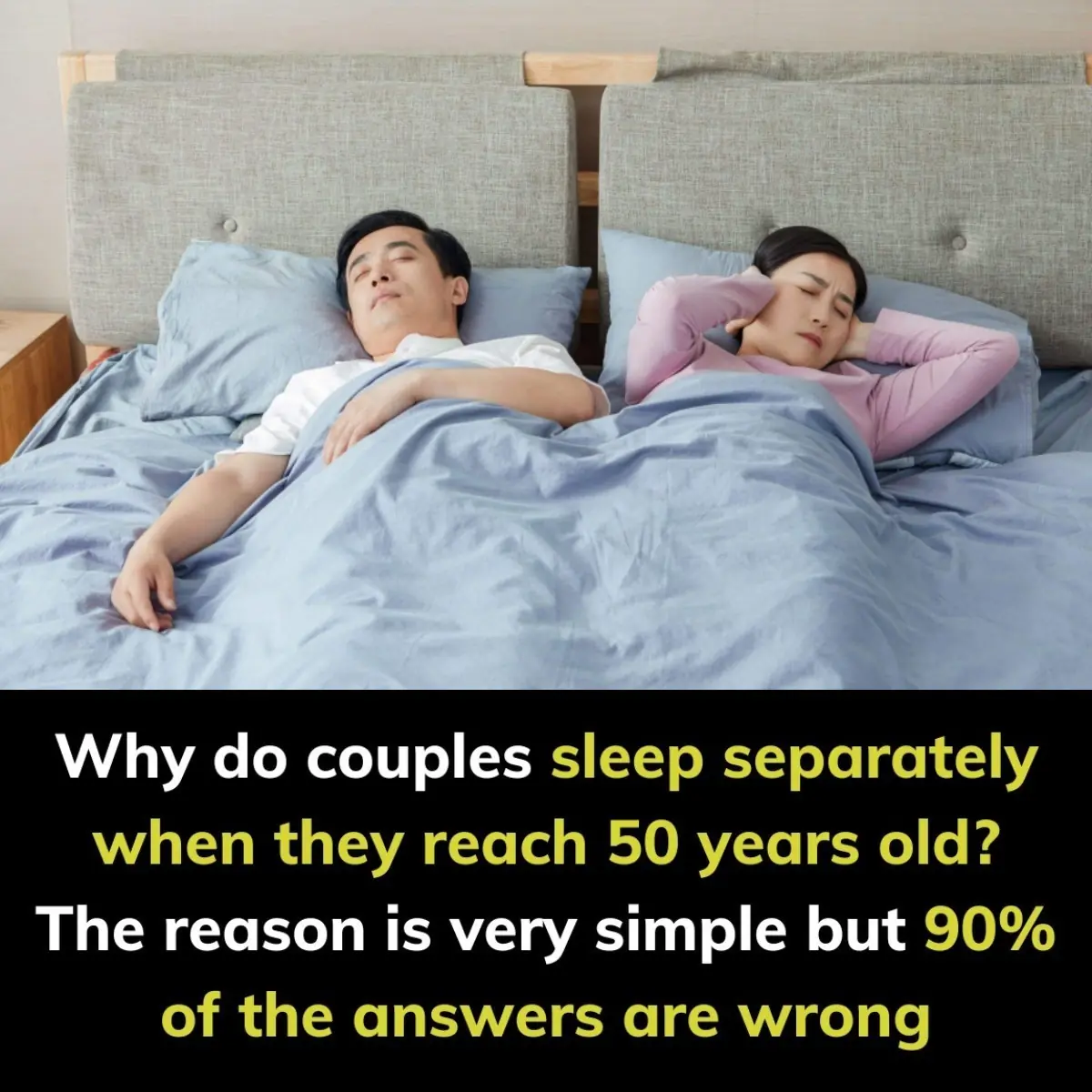
Why Couples Over 50 May Benefit from Sleeping Separately
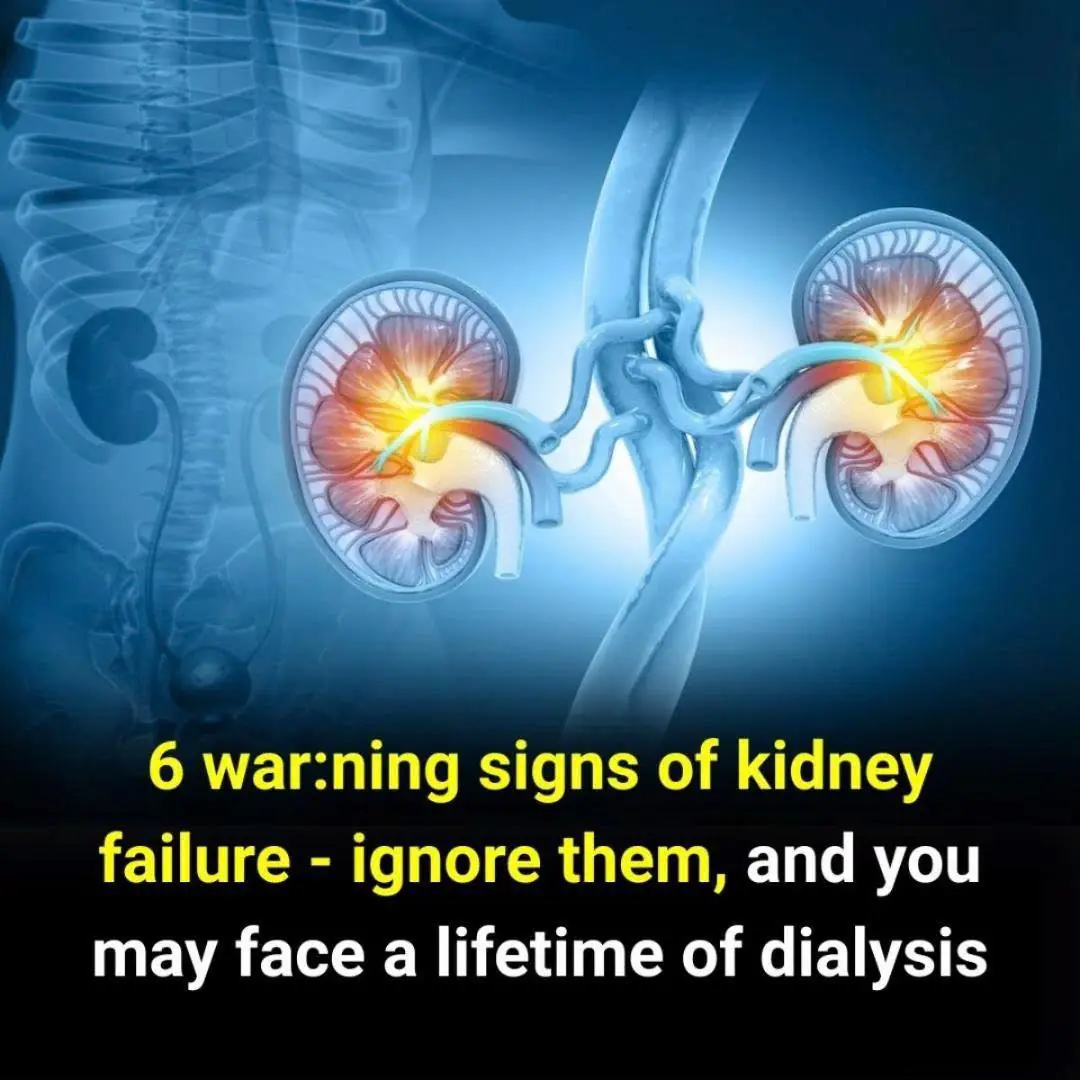
Kidney Failure in Young People: Warning Signs You Shouldn’t Ignore

8 Foods That May Help Support Your Body in Fighting Cancer

A 56-Year-Old Man Suffers Severe Food Poisoning from a Popular Vietnamese Dish: A Health Warning for Everyone
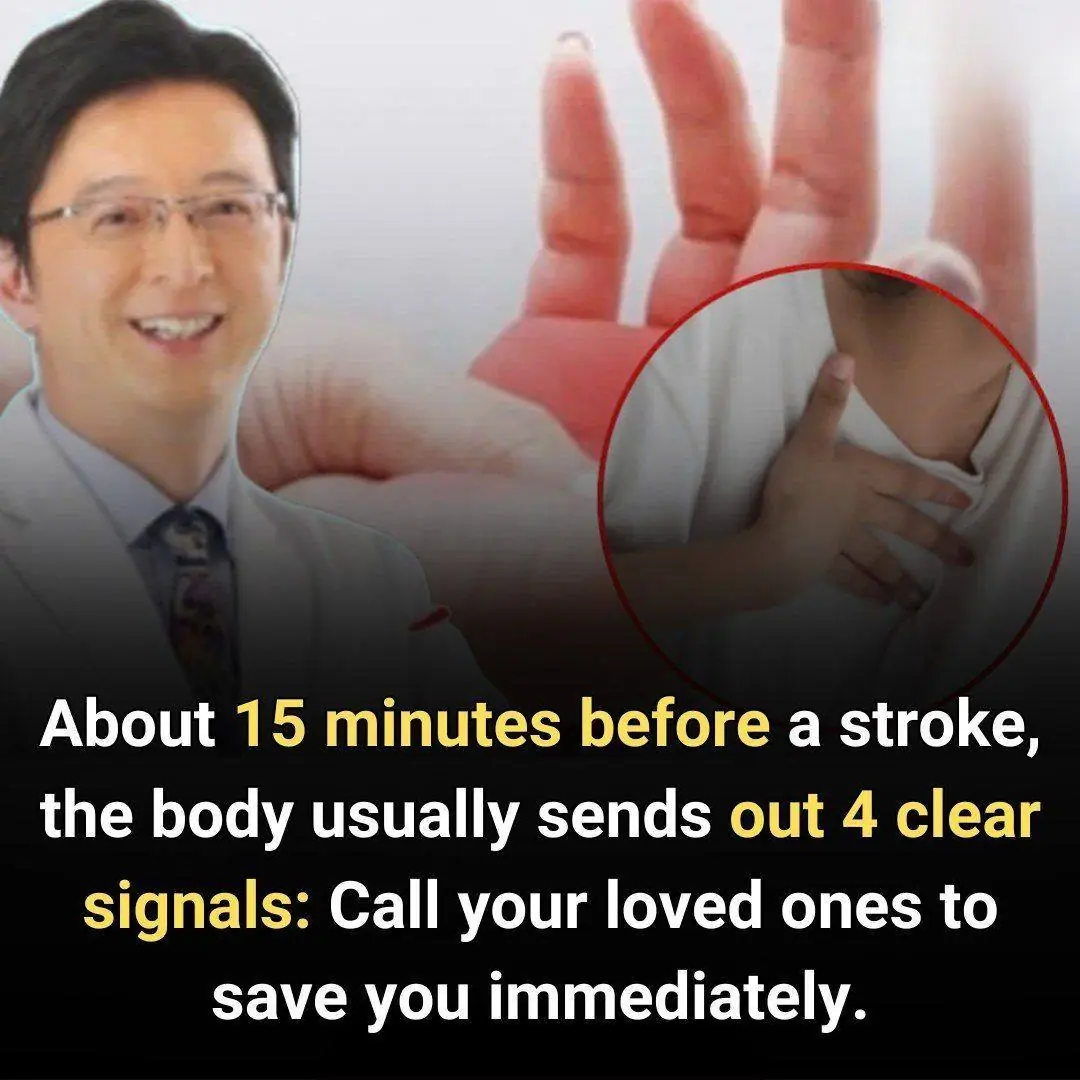
Early Morning Jog Risks: Why It’s Safer to Sleep In Than Make These 3 Mistakes

Early Morning Jogging—Can It Be Dangerous? 3 Mistakes to Avoid (Doctors Say Better to Sleep Than Push Too Hard)
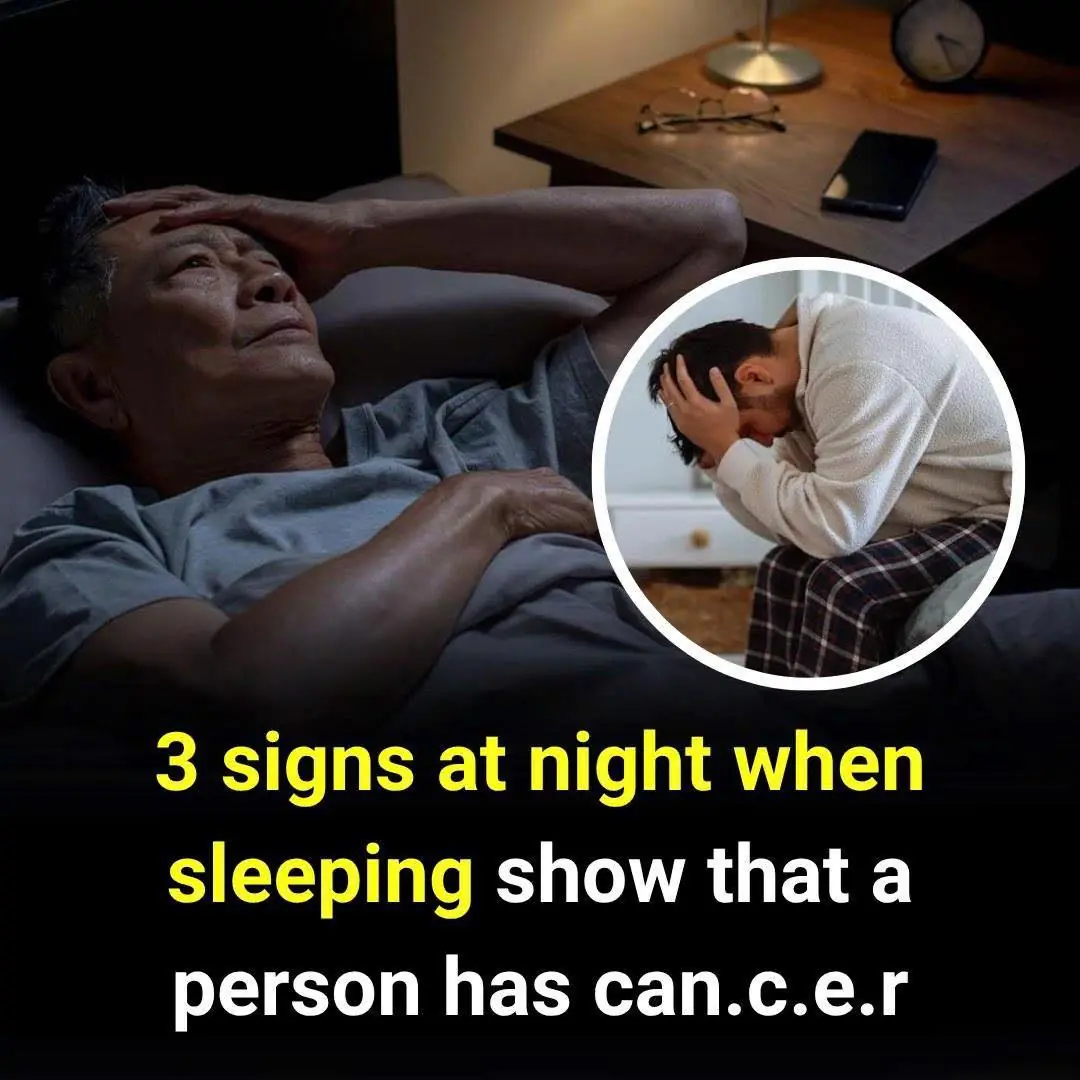
3 Nighttime Warning Signs During Sleep That May Indicate Cancer — Don’t Ignore Them
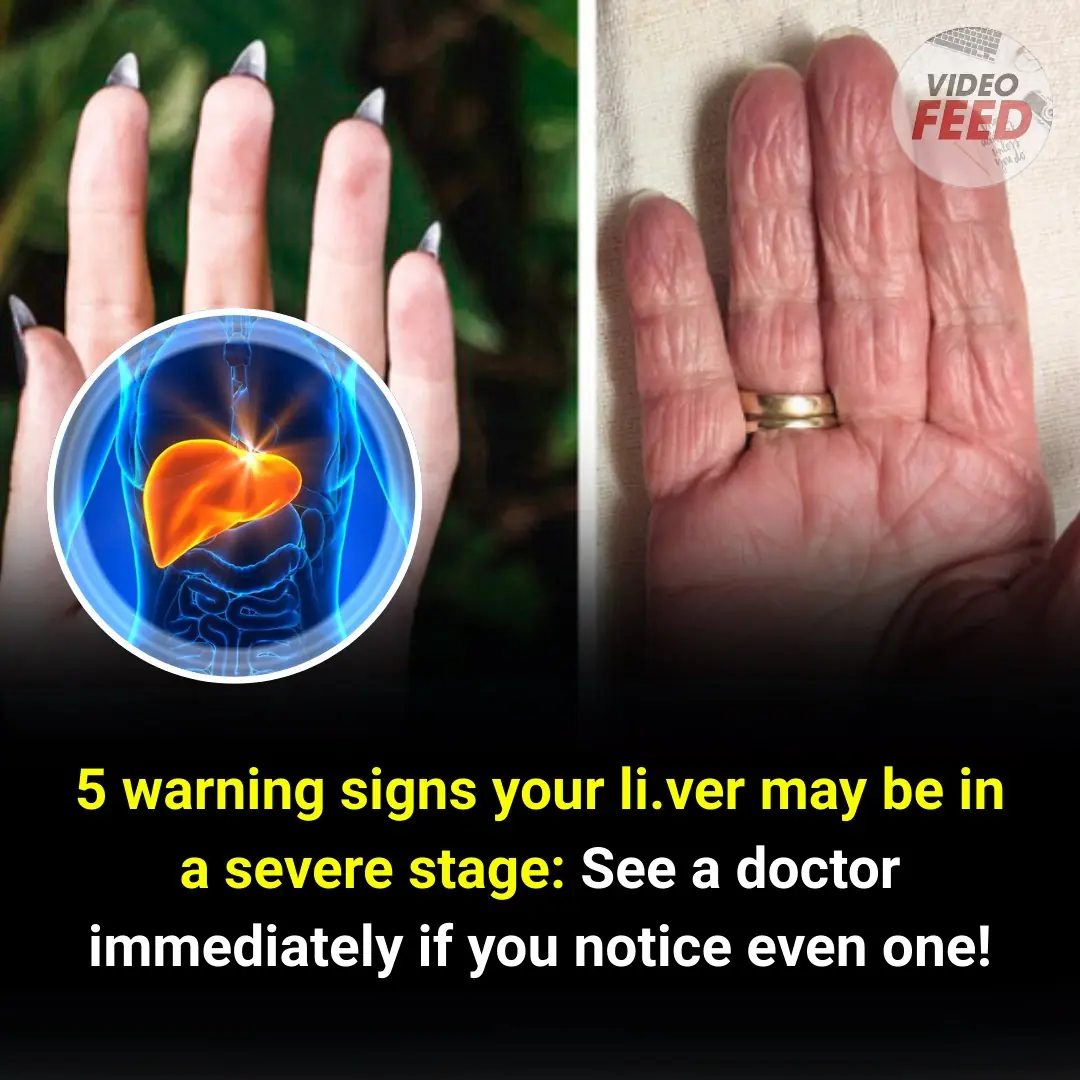
Don't Ignore These Warning Signs: 5 Indications That Your Liver May Be in Serious Trouble
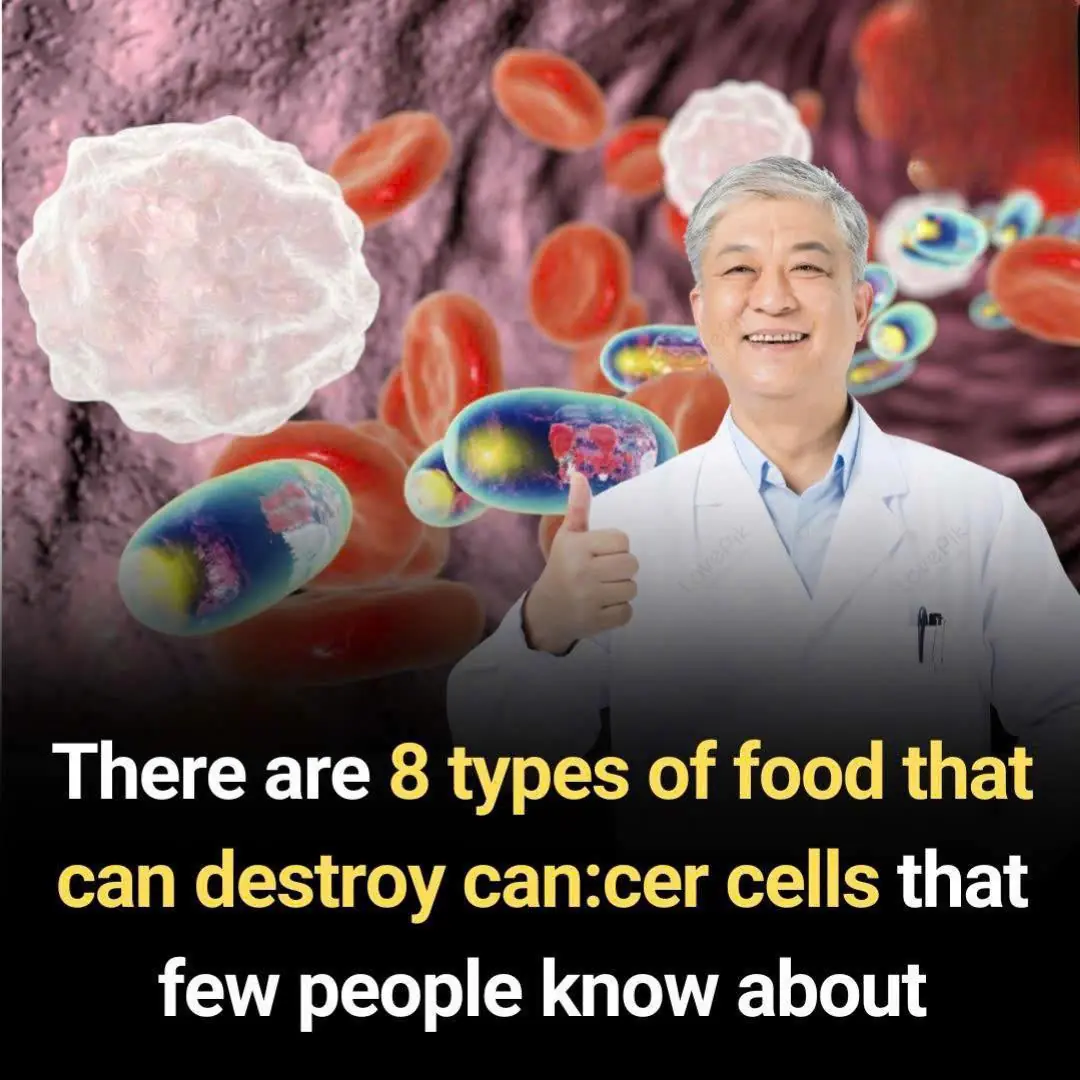
8 Foods That May Help Combat Cancer Growth

4 Sleep Habits That May Be Quietly Shortening Your Lifespan
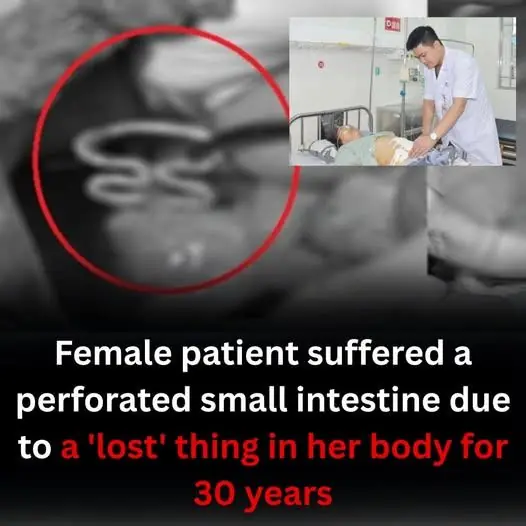
A Lost Object in Her Body for 30 Years: A Silent Cause of a Small Intestine Perforation
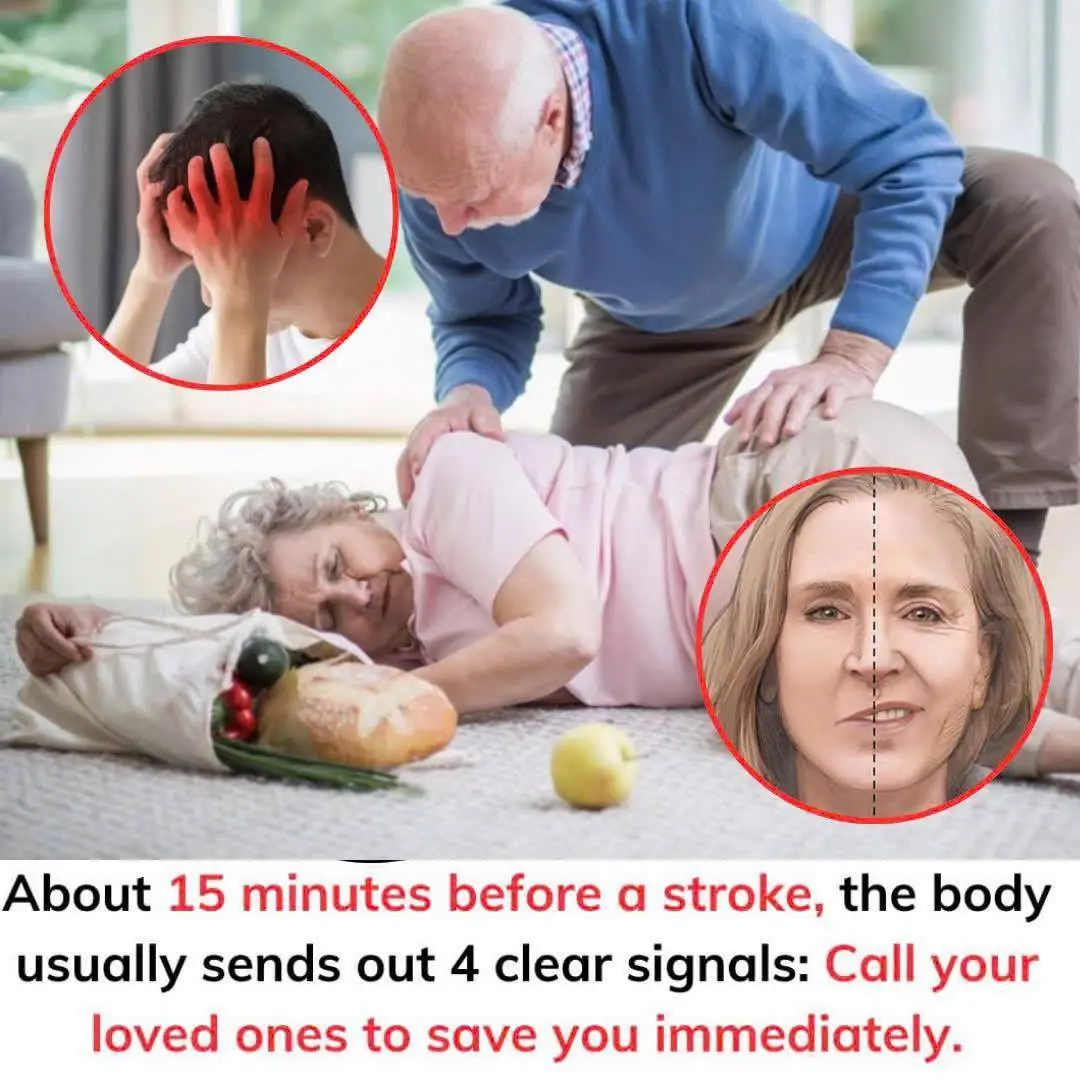
4 Early Warning Signs That May Occur Around 15 Minutes Before a Stroke

11 Vital Warning Signs from Your Body You Should Never Ignore
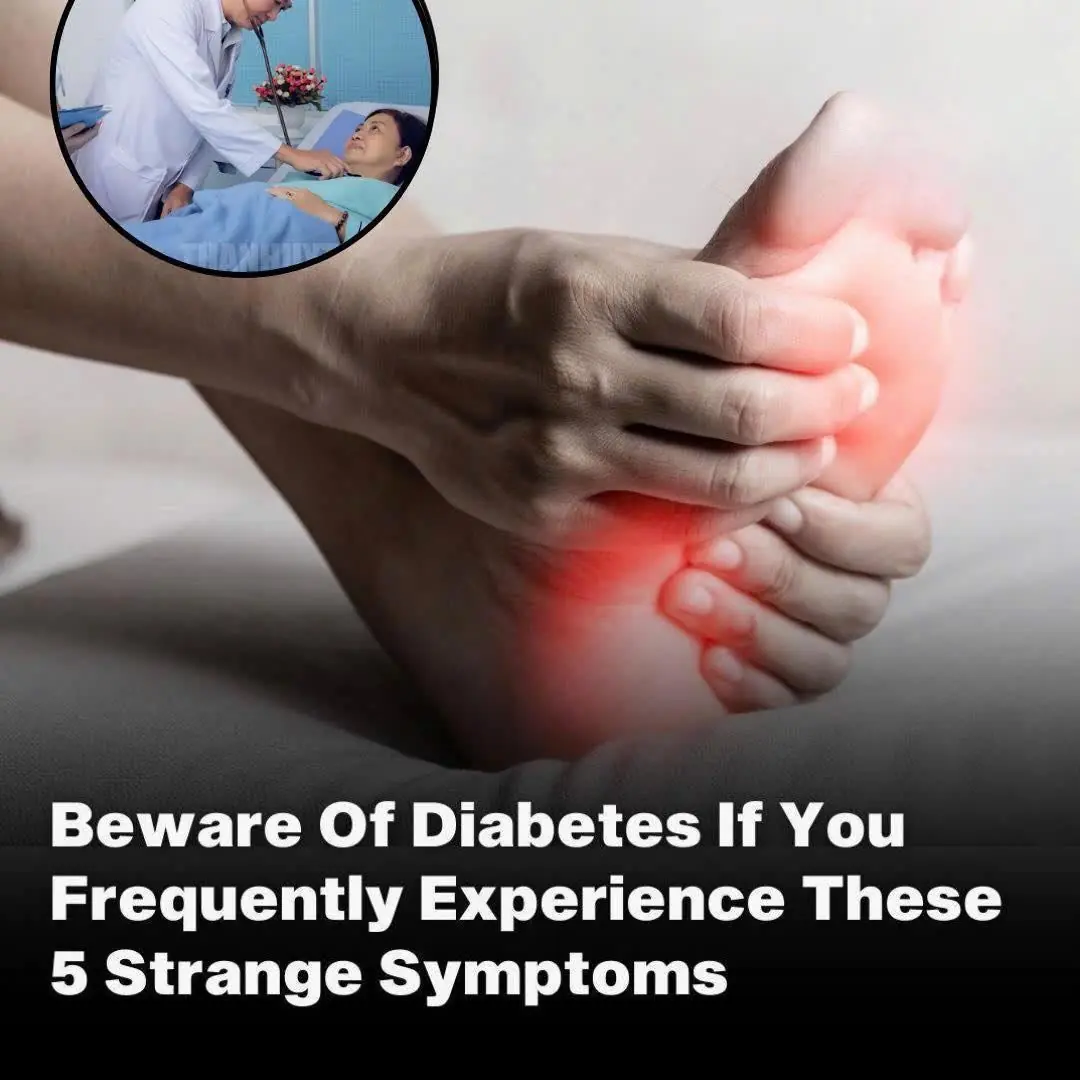
Are You Ignoring These Warning Signs? Especially the Last One
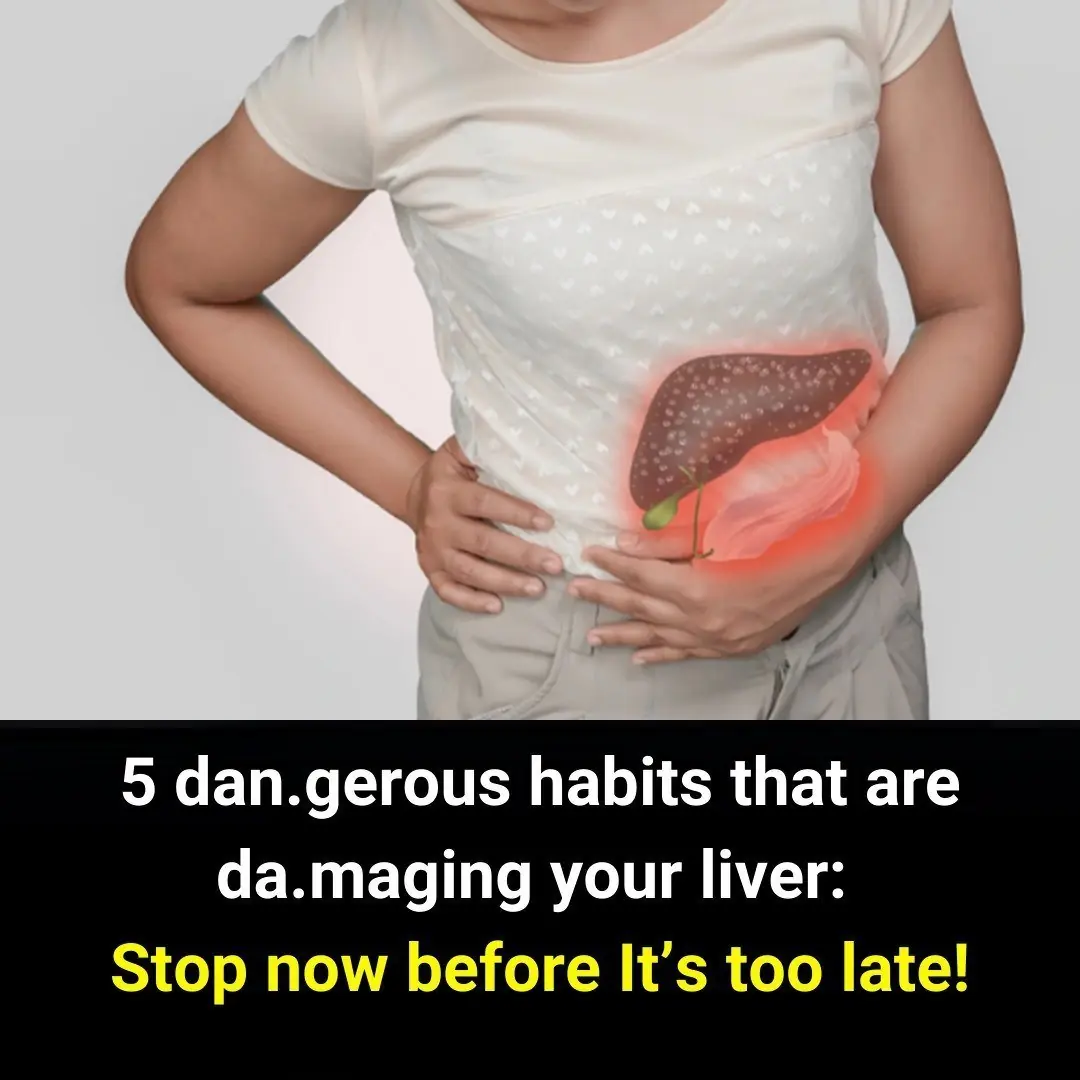
Stop Now Before It’s Too Late: 5 Dangerous Habits Silently Damaging Your Liver
News Post

Don’t Ignore These Warning Signs: When Your Body Is Trying to Tell You Something

Five Foods You Should Never Leave Overnight: Essential Food Safety Tips

Who Should Avoid Drinking Coconut Water? Vital Health Considerations

Why Couples Over 50 May Benefit from Sleeping Separately

Kidney Failure in Young People: Warning Signs You Shouldn’t Ignore

8 Foods That May Help Support Your Body in Fighting Cancer
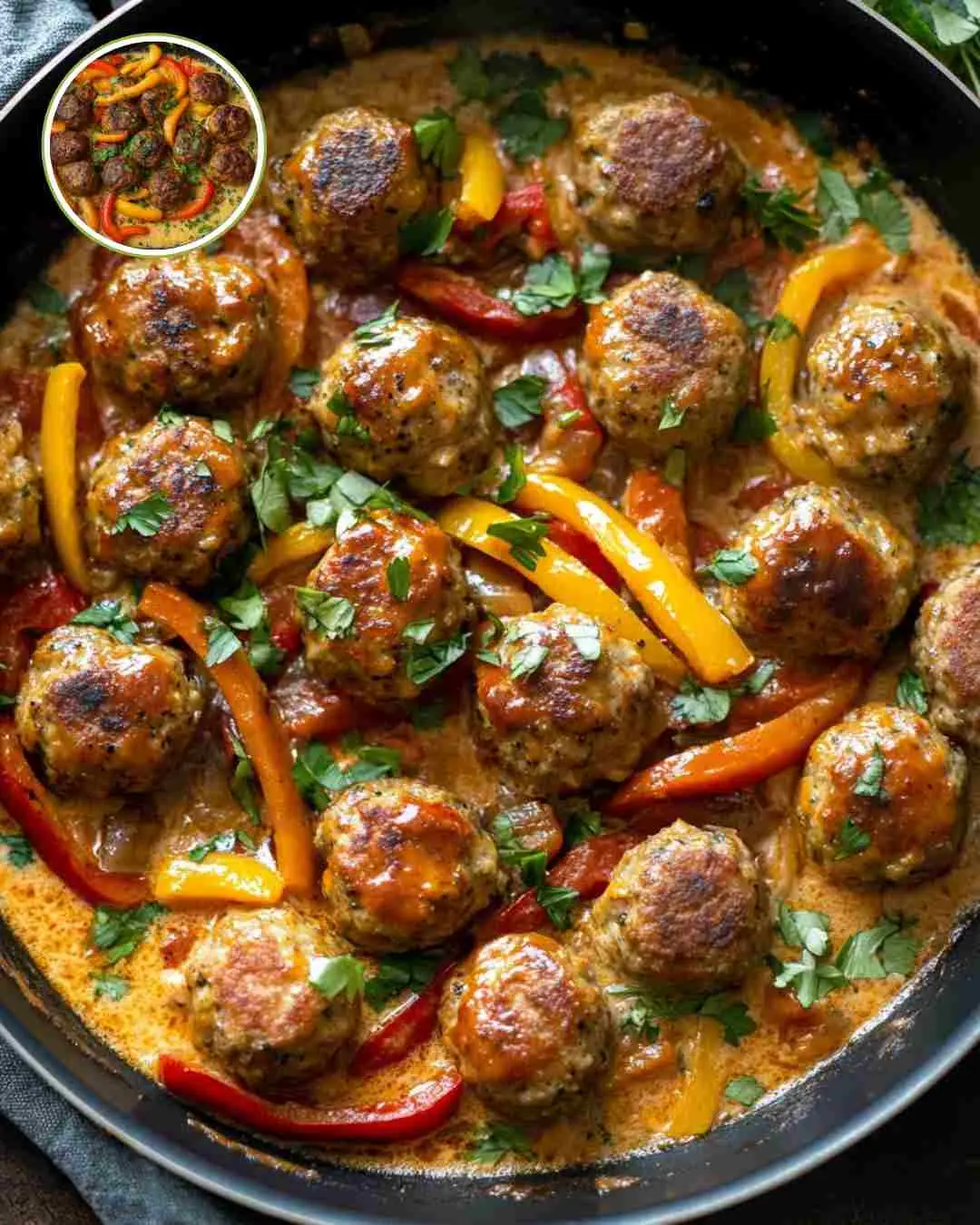
Ultimate Chicken Meatballs in Creamy Bell Pepper Sauce
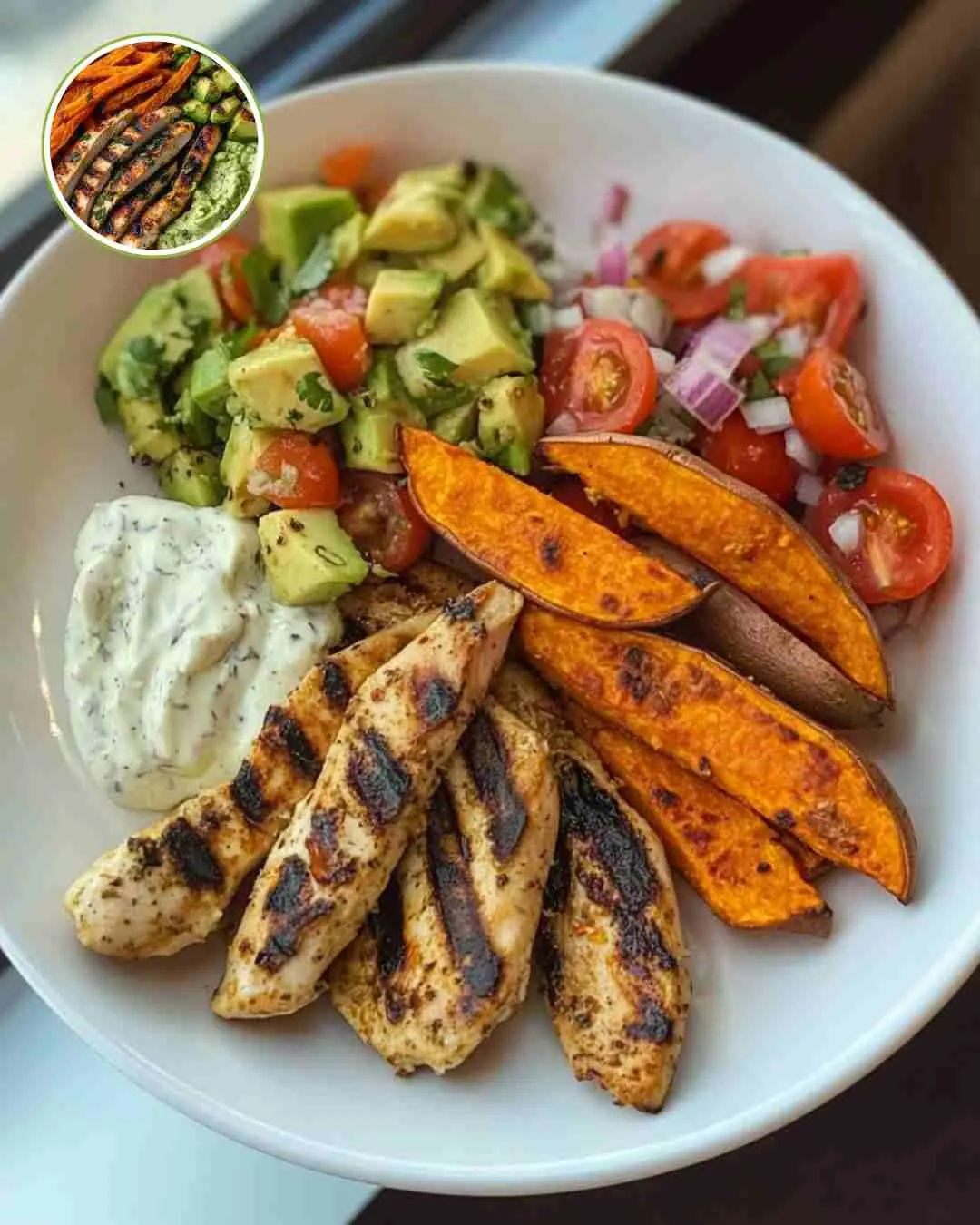
Ultimate Grilled Chicken & Sweet Potato Power Bowl

Epic One-Pan Chicken Potato Stir-Fry with Fluffy Rice
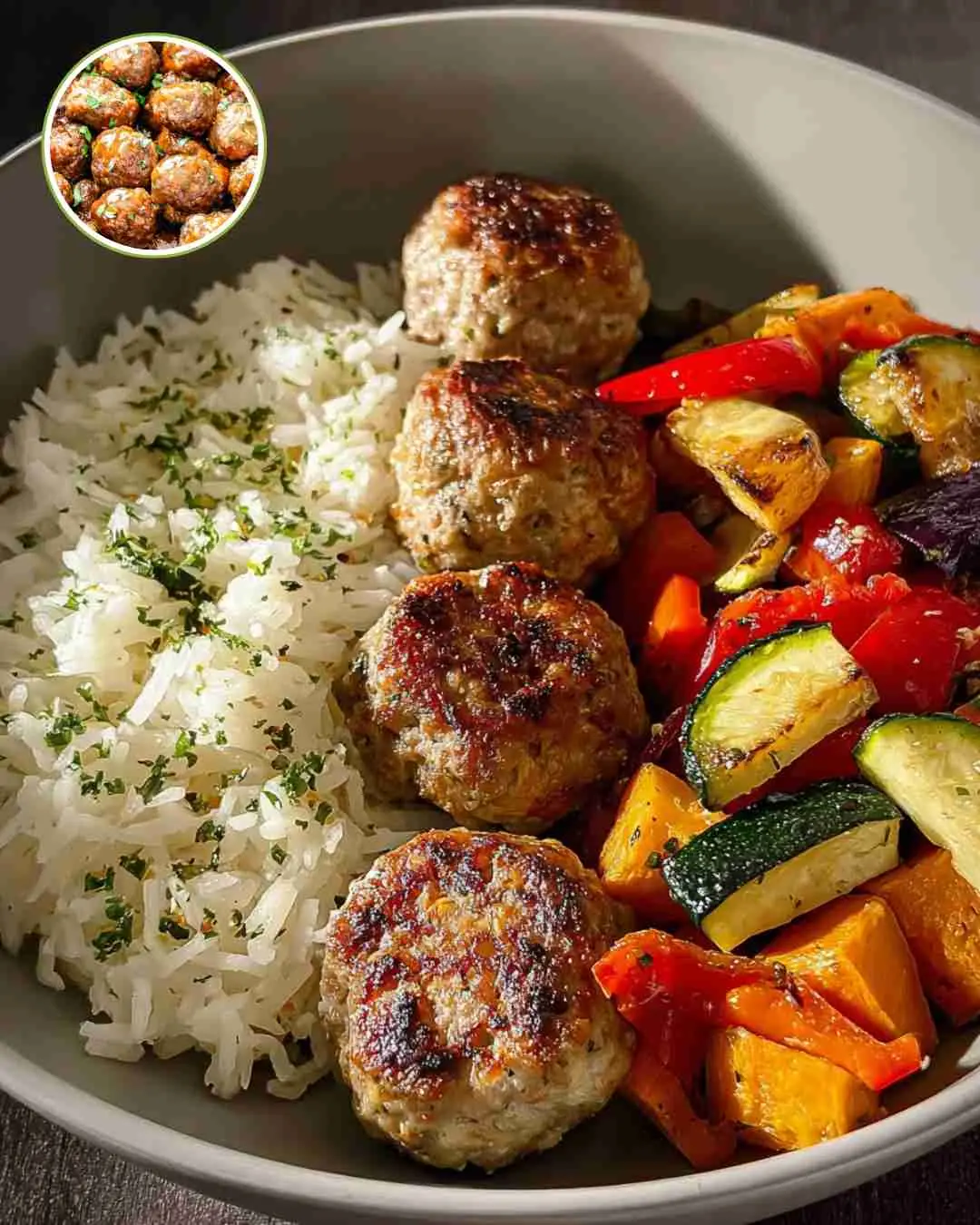
Crazy Tasty Meatball Bowl with Roasted Veggies & Herbed Rice

Ultimate Creamy Chicken Alfredo Pasta

Ultimate Oven-Roasted Chicken Drumsticks & Potatoes Delight

Grilled Chicken with Mushrooms, Tomatoes, and Rice
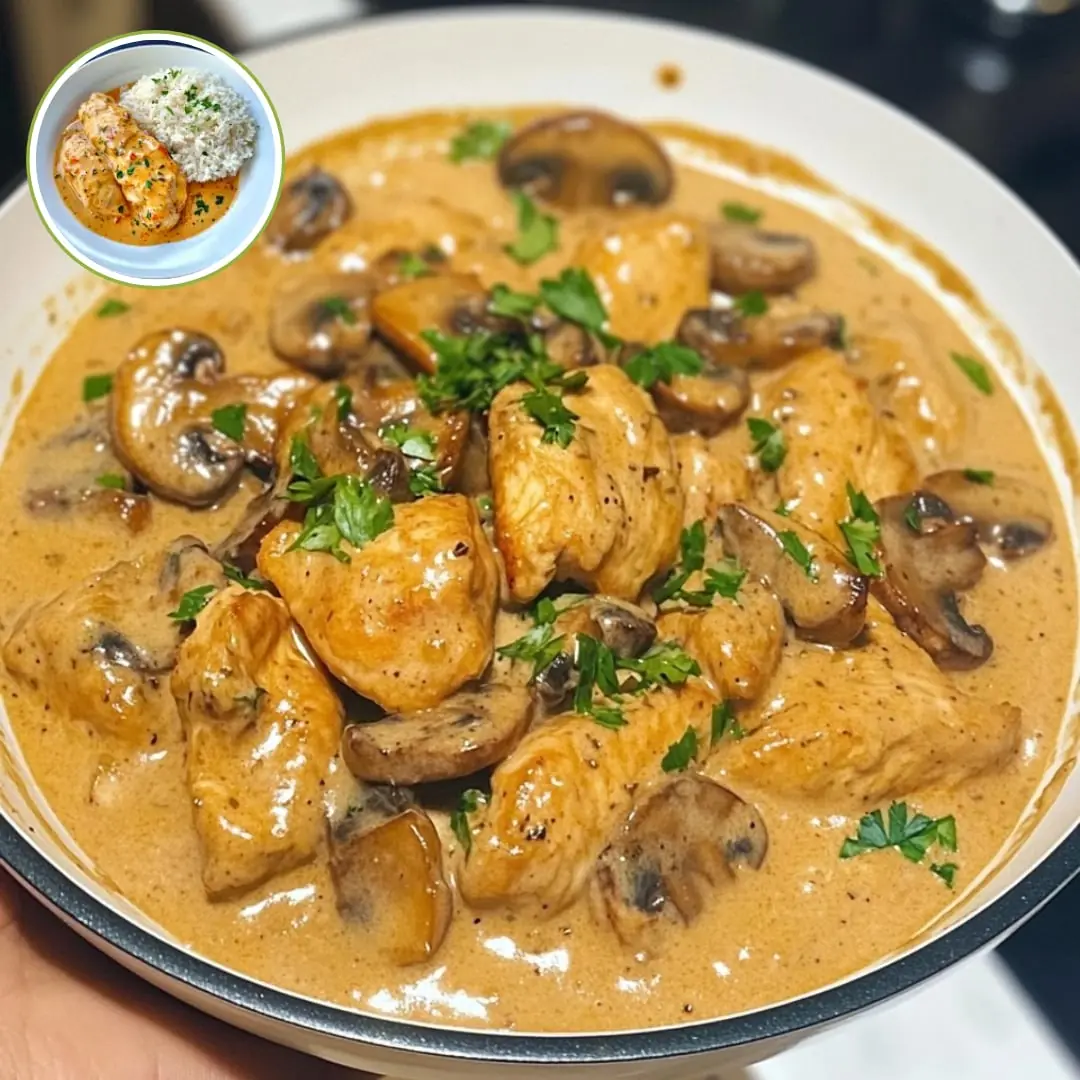
Creamy Chicken Paprika Dream with Rice

Loaded Herb Grilled Chicken with Creamy Pesto Pasta and Roasted Potatoes

Next-Level Creamy Garlic Butter Shrimp with Rice

Herb-Infused Roasted Chicken with Baby Potatoes

A 56-Year-Old Man Suffers Severe Food Poisoning from a Popular Vietnamese Dish: A Health Warning for Everyone

If You Strike Awake Between 3:07 and 3:15 AM: What Your Body May Be Telling You—and How to Handle It
